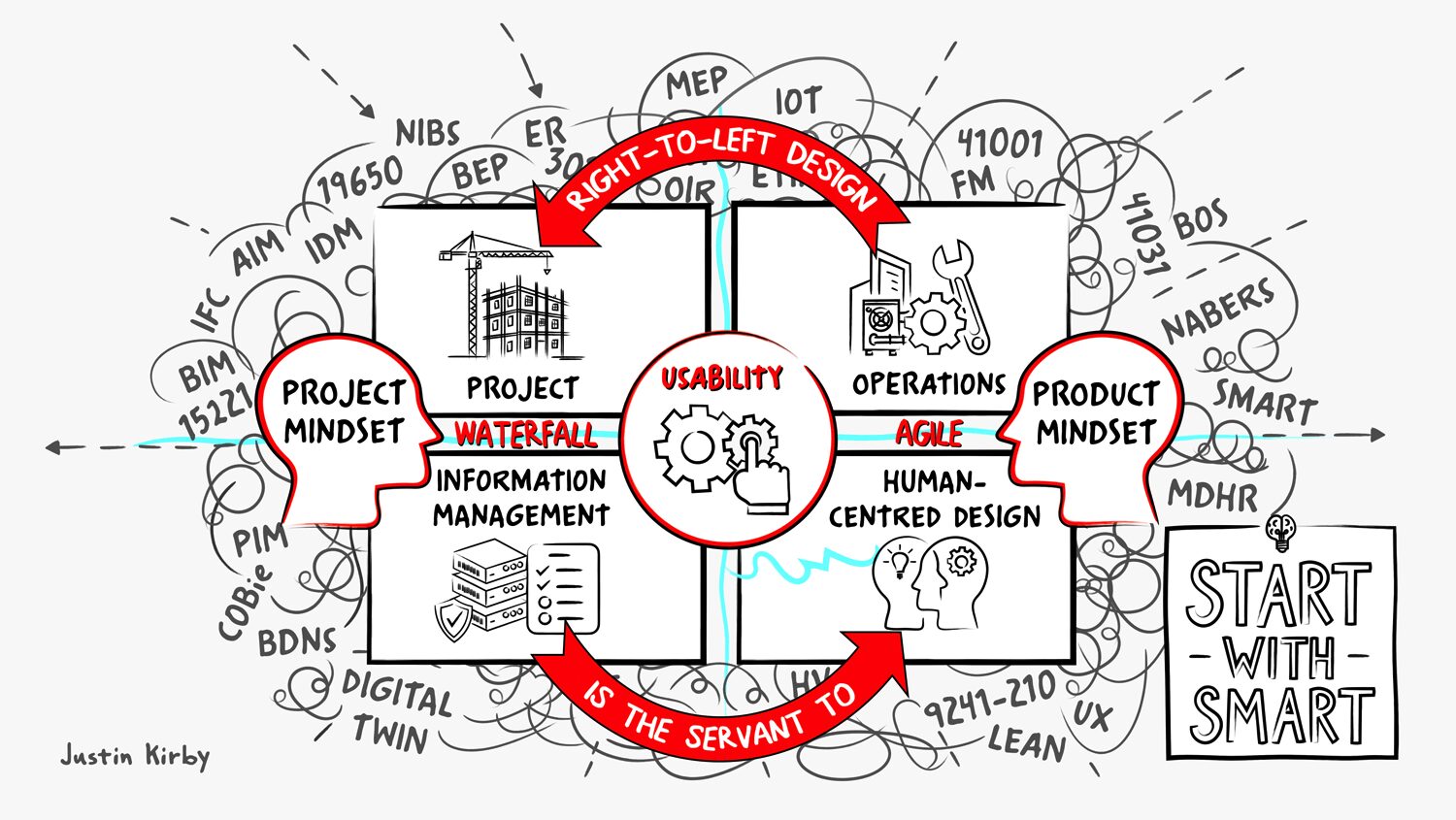
Reimagining the built environment with a systems mindset
To unlock its full potential, the industry needs a fundamental shift in mindset – one that moves beyond linear problem-solving and focuses on a systems thinking approach, argues Dr Ben Jowett at SES Engineering Services.

Traditional industry approaches often focus on individuals or functions to solve isolated problems. This is a result of how we are trained for a career in the built environment. Whether it’s a quantity surveyor optimising monthly commercial data, or a planner improving progress reports, these siloed solutions have become a necessary part of project delivery.
But they rarely address the broader picture. To drive lasting change and create environments that benefit clients, suppliers and occupants, we need to step back and evaluate the whole.
The industry’s greatest challenge isn’t a lack of solutions, but a lack of a systems mindset. Each participant in the value chain contributes valuable expertise, but when operating in isolation, they fail to recognise how the interactions between disciplines can deliver far greater value when connected.
Systems thinking posits that the performance of an organisation is not a product of the parts operating independently, but a product of their interactions. A shift to systems thinking, both culturally and technologically, is essential for unlocking transformative change. We need to move away from a mindset that treats each challenge as a standalone problem and instead think about how our individual efforts connect and amplify each other.

Raising digital maturity
Raising digital maturity is at the heart of this shift. The pace of technological innovation is accelerating, and as our industry moves towards complex, data-driven solutions, digital maturity becomes the foundation for success. Building integrated and flexible digital platforms that allow us to innovate, adapt and respond quickly to shifting market demands is key. Just as Amazon used its digital infrastructure to pivot from selling books to a range of services, the built environment can also do this. By maturing digitally, we can unlock new possibilities: from more efficient project delivery to smarter, more sustainable buildings.
This evolution necessitates a fundamental shift in how we think about data, knowledge, process and collaboration. Knowledge must be treated like a product, not a service of complexity. Clients should be able to access insights on demand, drawing from digital building blocks that can be plugged into their own systems. By standardising datasets and digital processes, we create a consistent and accessible ecosystem where information and data flow easily, enabling quicker decision-making and targeted agile services.
Interaction of systems thinking and AI
Latest technological trends towards AI are challenging how we perceive and interact with traditional SaaS by removing front-end layers of technology to allow the use of data in a multitude of ways. This is systems thinking truly in action. We are already seeing early instances of this with Copilot and its ability to source data from a range of sources and consolidate an interconnected response. Recent efforts are also being seen in the development of Model Context Protocols, which define how a range of data sources can connect to AI driven by large language models.
The culture shift
However, undertaking digital transformation also requires a cultural shift. The built environment has long been defined by competition, protectionism and a reluctance to share knowledge. But if we are to realise digital transformation and ensure it sticks, we must support a culture of collaboration, which has been called for in the construction industry for decades.
The greatest breakthroughs often come when people with diverse perspectives work together towards a common goal, sharing insights and expertise. With the application of systems thinking into our data management and integration, collaboration becomes a hard-wired inevitability. Our people must shift their thinking to accept this reality.
This is where the opportunity is: not in competing to hoard knowledge or tools, but in working together to create shared, interoperable systems that drive performance. By pooling our collective expertise and embracing standardisation, we can create digital systems that are greater than the sum of their parts. This collaboration won’t just drive innovation; it will improve project and business outcomes, while providing sustainable value.
The role of people
The role of people in this transformation cannot be understated. While digital solutions are important, the people behind them will make the difference. Digital transformation creates new opportunities for people to reimagine their skills to operate across multiple functions, creating roles that may not yet exist. Just as Lego required a significant digital transformation of its workforce, infrastructure and IT systems, the built environment’s digital future will create new avenues for people to thrive. But this requires a shift in how we view roles and relationships, within our organisations, supply chain and clients.
Digital transformation is not just about adopting new technology: it’s about changing organisational culture. The built environment has always been a sector rooted in tradition, but as we welcome a digital future, our approach must change. Digital transformation is the key to reimagining how we can design, build and manage spaces that are smarter, more sustainable and more responsive to the needs of all involved in the value chain. By embracing systems thinking, we can unlock the full potential of the built environment and drive meaningful, lasting change.
Keep up to date with DC+: sign up for the midweek newsletter.



